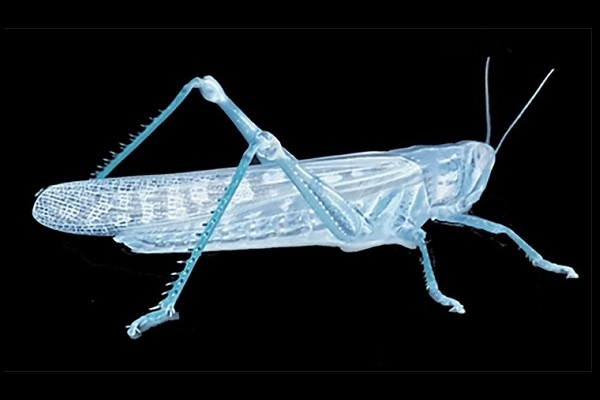
Full Text:
When you cradle your morning cup of coffee in your hands and inhale its rich aroma, certain neurons in your brain, or “coffee-present neurons,” are turned on by the coffee molecules to tell you the coffee is present. When you remove your nose from your coffee cup, is the disappearance of the coffee aroma the result of the absence of coffee molecules that deactivate the “coffee-present neurons,” or is the absence of coffee also a sensory stimulus similar to its presence?
Using the nose of a locust and the ears of a primate, researchers investigated how the presence and absence of an odor or a sound is processed. Not surprisingly, they found that a chemical activated an ensemble of neurons in the insect’s brain that uniquely encoded the identity and intensity of the sensory cue. In the locust, when the sensory cues were turned off, a completely different set of neurons, “coffee-absent neurons,” was activated. When the “coffee-present neurons” are active, they suppress the “coffee-absent neurons.” Conversely, after the coffee cup is removed, the “coffee-absent neurons” are activated, and they suppress the “coffee-present neurons.”Image credit: Raman Lab